
Integer posuere erat a ante venenatis dapibus posuere velit aliquet sites ulla vitae elit libero


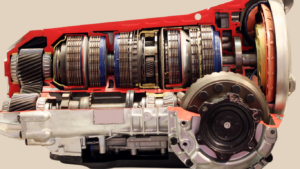


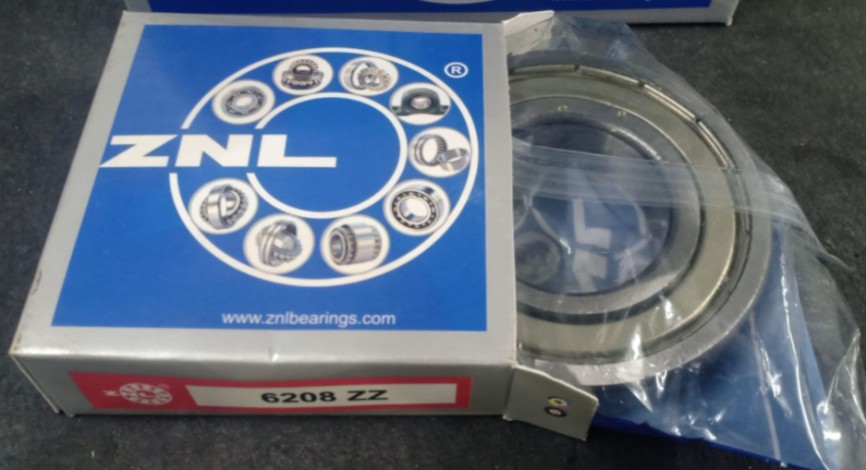
The high quality bearings manufactured by top companies like ZNL bearings require a specific attention to the bearing packaging process. Every facet of a high-quality product has been considered and implemented. Depending on your requirements, they may provide a range of packaging choices, all of which are designed to retain and protect your things so that they arrive in ideal condition.
And therefore, we are here to provide you with the knowhow of bearing packaging and its different requirements and methods according to the various types of bearings in the market.
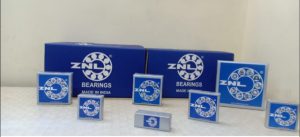
Bearing packaging is done in such a way that their quality and precision are maintained while also allowing them to be utilised and sold efficiently.
Inside and outer packing for ZNL bearings are distinct from one another. After the bearing has been manufactured, it must be checked for conformity. After that, it must be cleaned and corroded. Finally, the bearing should be placed in the package in order to achieve the requisite waterproof, moisture-proof, dust-proof, and shock-proof features. Figure 1 shows the bearing in the box. Bearing packing is simple to use and helps to retain the quality of the bearings.
The two forms of bearing packaging that are utilised for sales are anti-rust bearing packaging and conventional bearing packaging. Rust-proof packing will be especially beneficial for large-scale shipments.
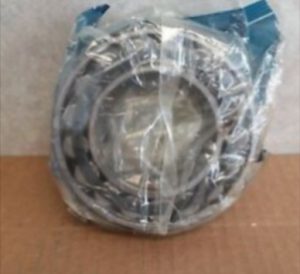
Bearing packing can be divided into two categories: inner packaging and outside packaging.
The bearing is cleaned and rust-proofed after it has been manufactured and qualified after examination, and before it is placed into the inner packaging, in order to achieve the desired properties such as waterproofness, moisture resistance, dust resistance, impact resistance, as well as ease of use and sales.
In order to prevent rusting, the inner packing of bearings is classified into three classes based on how long they have been in storage:
The following are the primary requirements for the bearing inner packing method:
Unless otherwise specified, the inner and outer components of separable tapered roller bearings with an outside diameter of 150mm or higher shall be individually wrapped in polyethylene film before shipping, or the inner and outer components should be packed separately in polyethylene film. In most cases, internal and external components for interchangeable cylindrical roller bearings with an outside diameter of 150mm can be transported separately due to the ease with which the entire package can be dismantled.
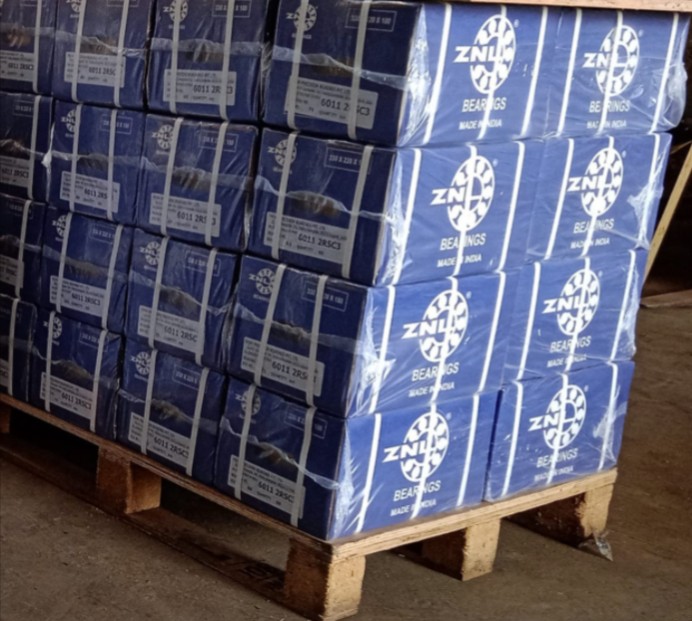
Listed below are the general materials and specifications for carrying outer packaging that are used for bearings:
Prior to placing bearing products into boxes with inner packing, it is recommended that the box be lined first with plastic bags or plastic films, and that any gaps in the box be filled with dry materials such as corrugated paper blocks and paper scraps.
Quality packaging and supply chain firms like National Precision Bearings also had described few methods of relevant need bearing packaging methods and processes.
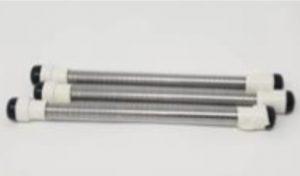 Miniature bearings are packaged in clear plastic tubes that are transparent to the eye. Each vial is hermetically sealed and stores a minimum of ten bearings. Each vial is labelled in accordance with your standards if necessary.
Miniature bearings are packaged in clear plastic tubes that are transparent to the eye. Each vial is hermetically sealed and stores a minimum of ten bearings. Each vial is labelled in accordance with your standards if necessary.
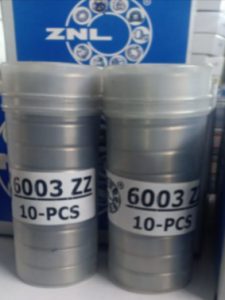 Standard bearings are loaded into poly bags in rolls of ten or more, and the bags are then sealed. You provide the labelling for the master carton, and we will adhere to your standards.
Standard bearings are loaded into poly bags in rolls of ten or more, and the bags are then sealed. You provide the labelling for the master carton, and we will adhere to your standards.
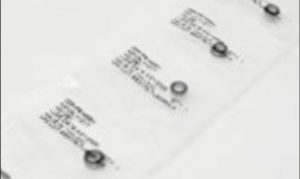 Individual bearings are packaged in clear plastic bags to prevent contamination. Their packaging is made up of “tear off” bags that are divided into strips of ten or more. Each bag is labelled with your specifications on the outside.
Individual bearings are packaged in clear plastic bags to prevent contamination. Their packaging is made up of “tear off” bags that are divided into strips of ten or more. Each bag is labelled with your specifications on the outside.
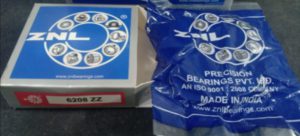 Bearings are packaged in plastic, aluminium foil, or brown paper bags before being stacked into individual boxes for transport. Depending on your requirements, each package will be labelled individually.
Bearings are packaged in plastic, aluminium foil, or brown paper bags before being stacked into individual boxes for transport. Depending on your requirements, each package will be labelled individually.
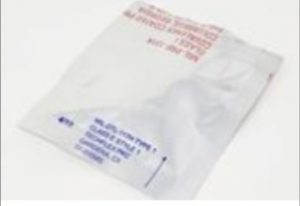 Mil-P-197K specifies that each bearing must be individually sealed in a poly bag before being wrapped in a kraft foil bag before being shipped.
Mil-P-197K specifies that each bearing must be individually sealed in a poly bag before being wrapped in a kraft foil bag before being shipped.
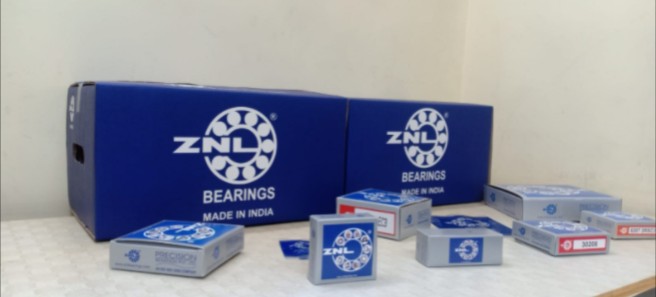
Upon request, a variety of unique packaging options can be made available.
The bearing packaging must be sturdy in order to protect the bearings and to maintain the bearing rollers in position in order to prevent damage from vibration during transportation. It must be tightly sealed and must not contain any packing material that could taint the bearing with loose particles if it is to function properly. It must also allow the bearing to be shipped “ready for use,” which means that it must not be wrapped in plastic or oilpaper during transportation and top manufacturers like ZNL Bearings provide their customers exactly that level of services even in bearing packaging.